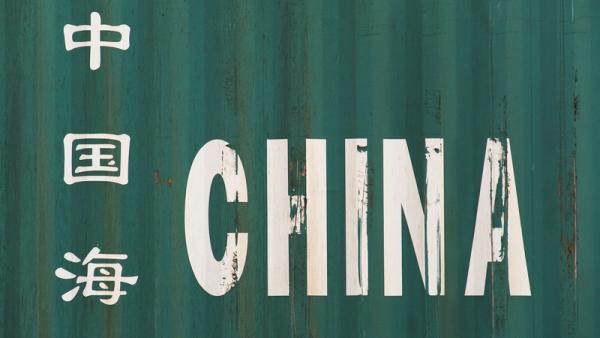Australia’s dependence on China just went up a notch

James Laurenceson, Deputy Director, Australia-China Relations Institute, University of Technology Sydney |
This article appeared in Business Spectator on May 27 2015.
The Australian economy just became more dependent on China. Again.
New data from the Australian Bureau of Statistics (ABS) shows that not only is China our most important trade partner, it’s also on the brink of becoming number one for investment as well.
It was back in 2007 that the value of two-way trade with China overtook Japan but, as of a couple years ago, Australia’s investment links with China had yet to budge.
In 2011 and 2012, two-way investment -- Chinese investment in Australia plus Australian investment in China -- rose by $13.5 billion. That was less than 10 per cent of the increase with the US, historically our most important source and destination of international investment.
But what a change 2013 and 2014 brought.
Earlier this month the ABS said that two-way investment with China leapt by $71.3 billion. This was just a whisker under the $75.6 billion recorded with the US and accounted for 30 per cent of the increase with all countries.
And get this -- it wasn’t just because China upped its investment in Australia. Nearly half (44 per cent) was due to a big jump in Australian investment in China.
In fact, last year Australian investment in China topped Chinese investment in Australia by more than 40 per cent. You don’t hear about this amid the shrill cries that China is buying the farm and the family home.
But with the continued opening of China’s domestic capital markets to foreign investors, official interest rates more than double ours and its stock market on a bull run, it’s not surprising that more and more Aussies are snapping up Chinese assets.
What does all this mean?
Fundamentally, it’s a good news story.
Treasurer Joe Hockey was right when he said in the recent Federal Budget that Australia would benefit from its major trading partners, led by China, growing at a faster rate than the global average. It’s better to have investment links with faster growing economies as well.
The catch is that if Australia’s exposure to China wasn’t already sky high, it certainly is now. That makes the forecasts of Chinese growth found in the budget papers all the more crucial.
The Commonwealth Treasury sees China expanding at between 6 to 7 per cent for the next three years. While this is in line with what the IMF and World Bank are saying, some think it’s too rosy.
After all, real estate investment in the year to April was up just 6 per cent. That’s the slowest rate of growth since early 2009 when China was in the midst of a GFC slump. The growth in industrial production is at GFC lows too.
But this is looking for Chinese growth in the wrong place. Its economy has moved on: no longer does growth rely on making even more T-shirts and building more roads, now it’s about online retailing and peer-to-peer lending.
Last year, the secondary sector led by manufacturing and construction, contributed 43 per cent of China’s growth. Services delivered 52 per cent. And in the first quarter of this year, services were responsible for 55 per cent. The trend is clear.
China’s ‘new normal’ growth of between 6 and 7 per cent overall, means 8 per cent in the services sector. That pace hasn’t slowed over the past three years.
Earlier this week, HSBC said that its Flash China Manufacturing Purchasing Managers Index (PMI) was stuck in contraction. But as far as crystal balls go, better to gaze into the services PMI.
Throughout 2015, that has not only been in expansion territory but steadily strengthening as well.
A lot has changed in China and in Australia’s economic relationship with China in recent years. But the big truth remains the same: we’re far better off being exposed to China than any other major economy.
Author
Professor James Laurenceson is Deputy Director of the Australia-China Relations Institute at the University of Technology Sydney.

